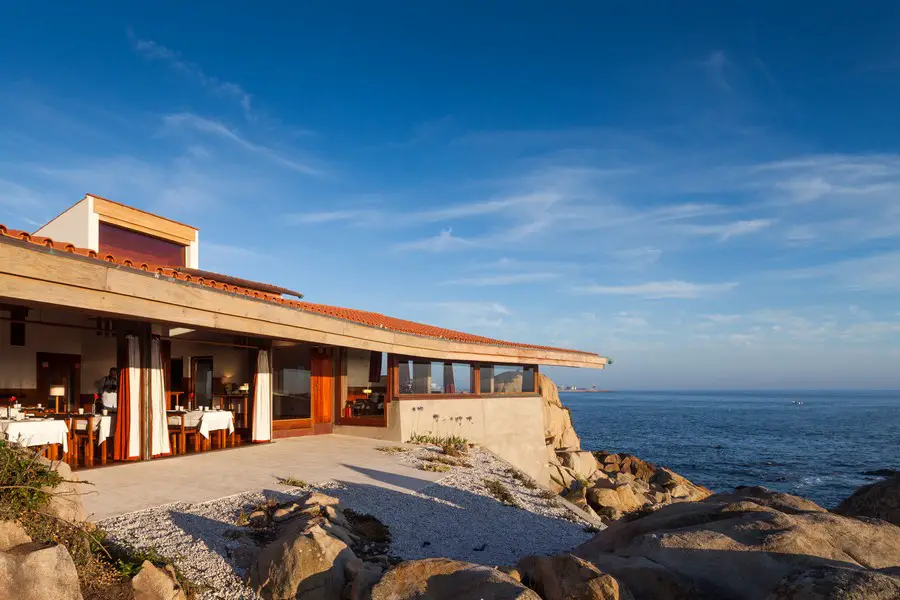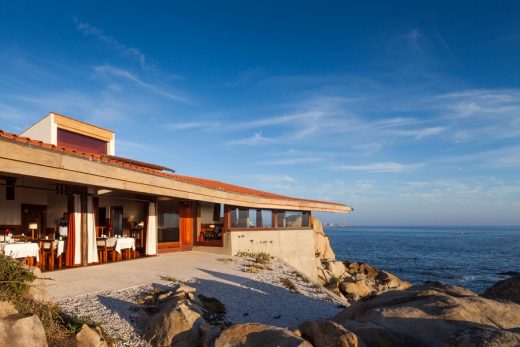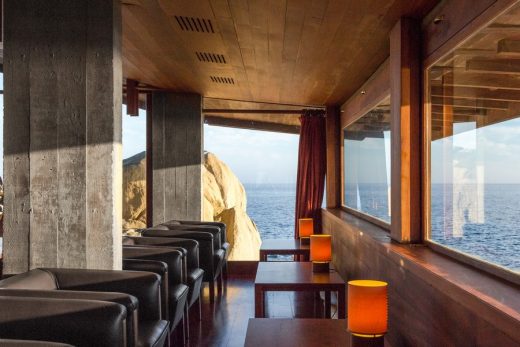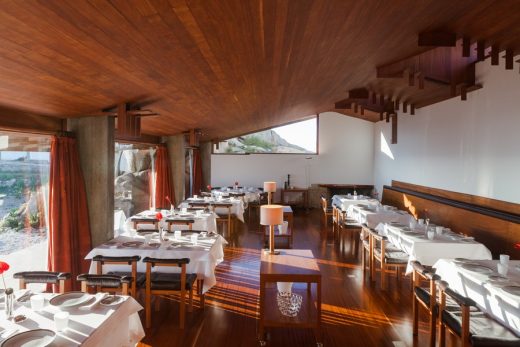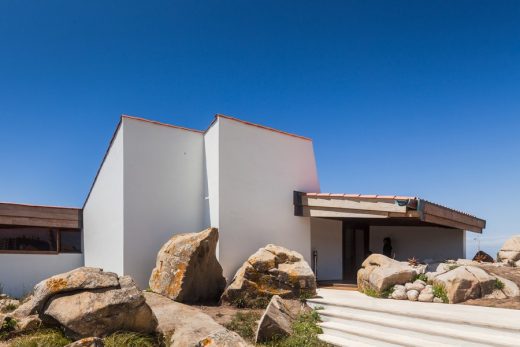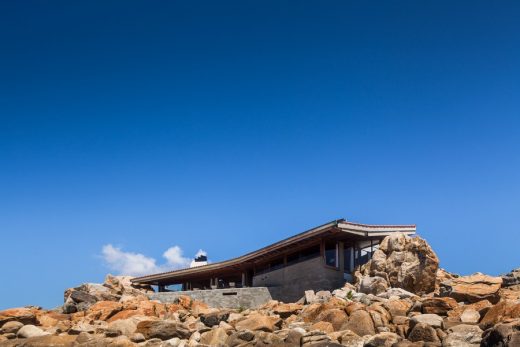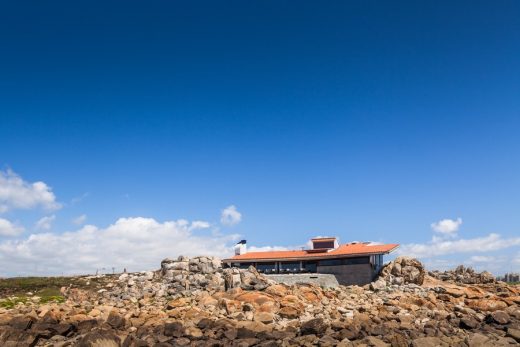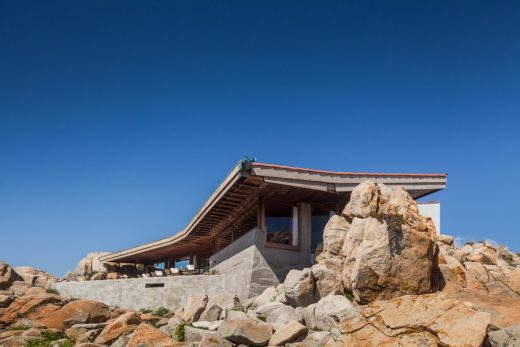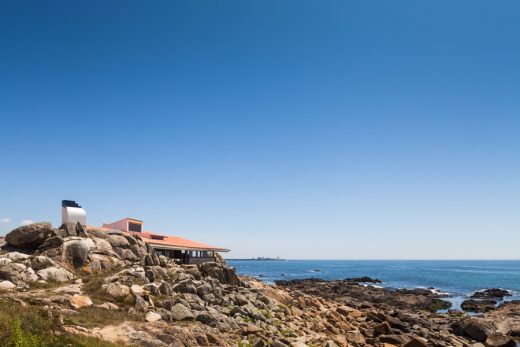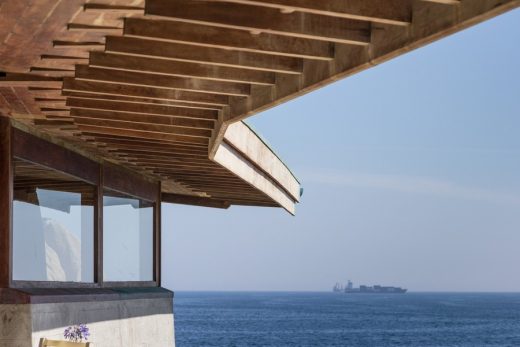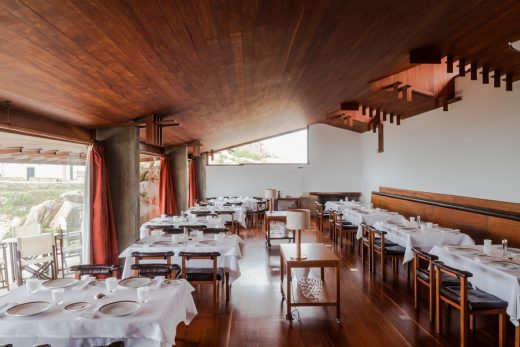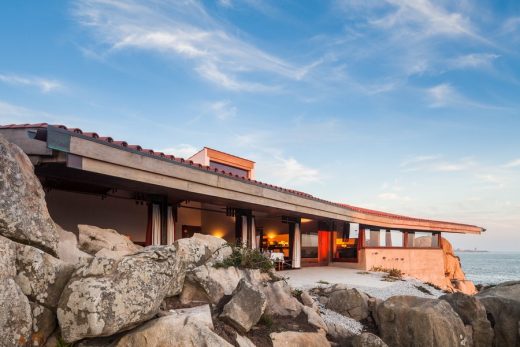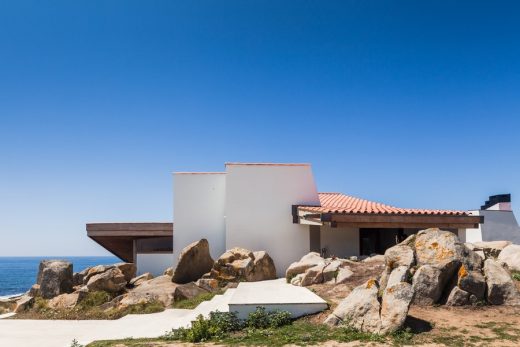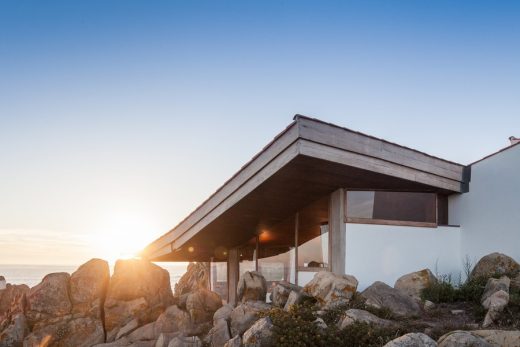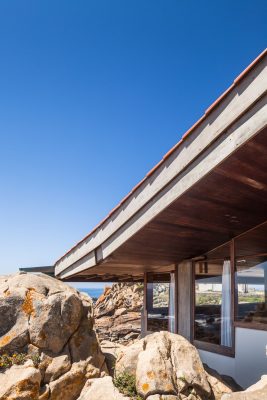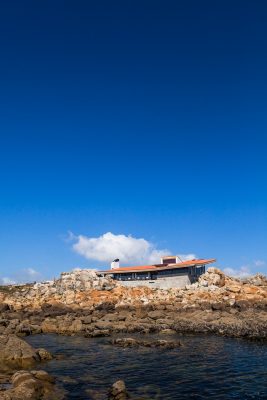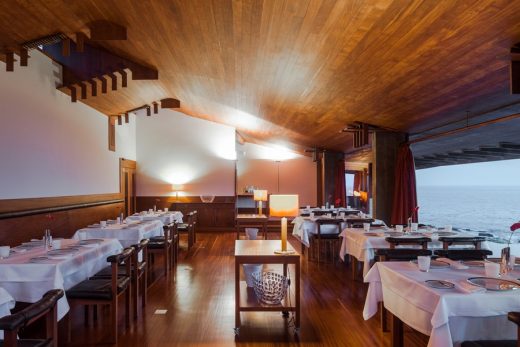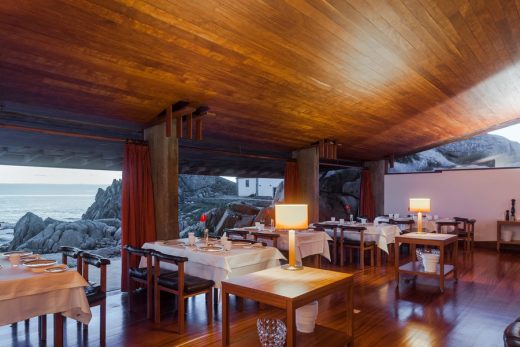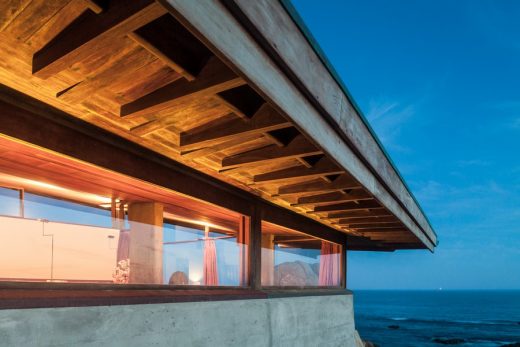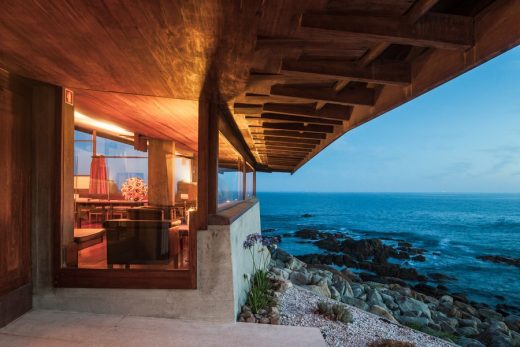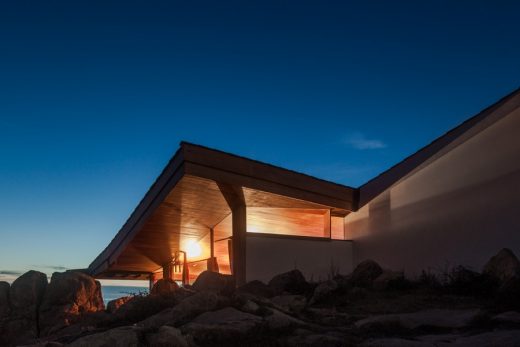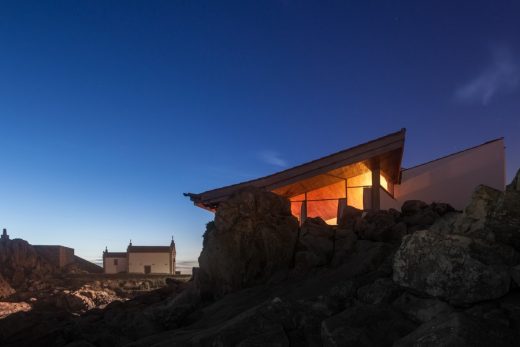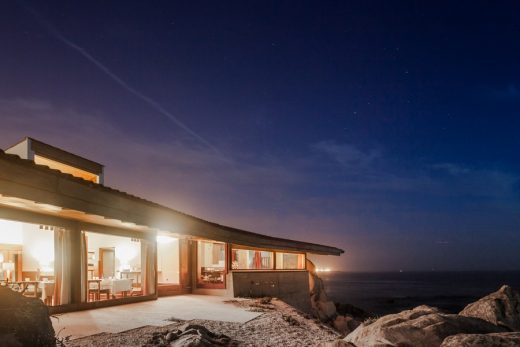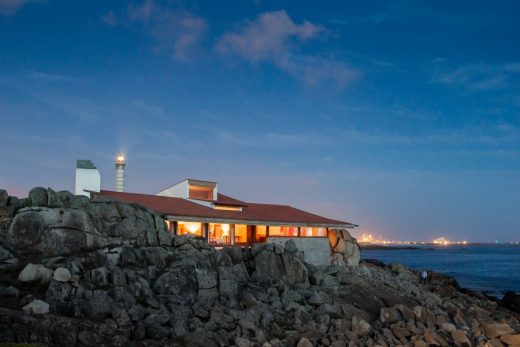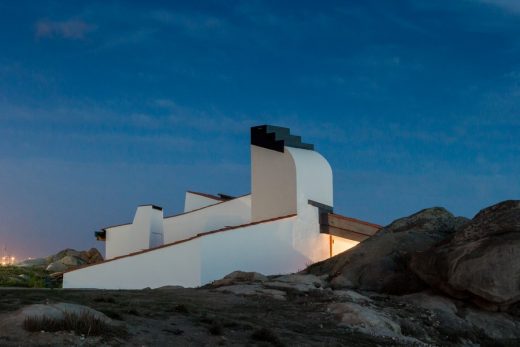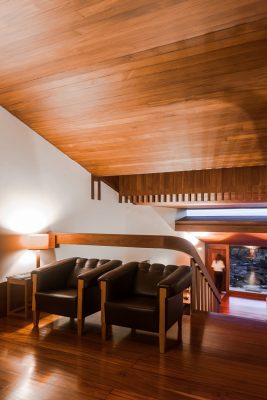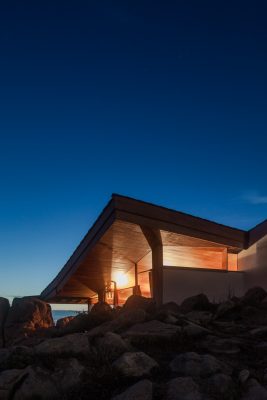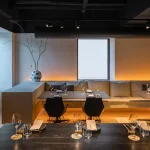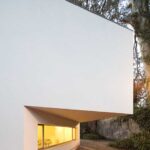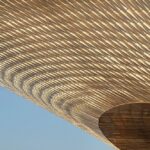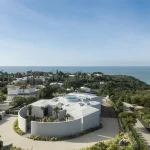Boa Nova Tea House, 1960s Portugal Restaurant Building, Modern Portuguese Architecture
Boa Nova Tea House, Portugal
20th Century Portuguese Restaurant Renovation design by Álvaro Siza Vieira architect
page updated 31 August 2022 & 11 Sep 2016 with new photos ; 21 Feb 2015
Boa Nova Restaurant and Teahouse Restoration
Álvaro Siza’s restoration of his first building, the Boa Nova Restaurant and Teahouse, nears completion five decades after it opened in 1963.
Boa Nova Restaurant and Teahouse Building News
The casual pavilion, snuggled into a rocky promontory on Portugal’s Atlantic coast, in the town of Leça da Palmeira, 6 miles north of Porto, was left empty by its municipal owners in 2011 and vandalized by thieves, who ripped out copper gutters and wiring for salvage, destroyed the roof and interiors, and left the structure open to the elements.
According to Álvaro Siza’s website, “The Boa Nova Tea House was designed following a competition held in 1956 by the city council and won by Portuguese architect Fernando Tavora. After choosing a site on the cliffs of the Matosinhos seashore, Tavora turned the project over to his collaborator, Alvaro Siza. One of architect Alvaro Siza’s first built projects, it is significant that the restaurant is not far from the town of Matosinhos where the architect grew up, and set in a landscape that he was intimately familiar with.”
22 Jul 2014
Leça da Palmeira Restaurant
Design: Álvaro Siza Vieira
Location: Restaurante Casa de Cha da Boa Nova, Leça da Palmeira, Matosinhos, Portugal
The Boa Nova Tea House was designed following a competition held in 1956 by the city council and won by Portuguese architect Fernando Tavora. After choosing a site on the cliffs of the Matosinhos seashore, Tavora turned the project over to his collaborator, Alvaro Siza.
One of Siza’s first built projects, it is significant that the restaurant is not far from the town of Matosinhos where the architect grew up, and set in a landscape that he was intimately familiar with. It was still possible in Portugal of the 1960s to make architecture by working in close contact with the site, and this work, much like the Leça Swimming Pools of 1966, is about ‘building the landscape’ of this marginal zone on the Atlantic – through a careful analysis of the weather and tides, existing plant life and rock formations, and the relationship to the avenue and city behind.
Removed from the main road by some 300 meters, the building is accessed from a nearby parking lot through a system of platforms and stairs, eventually leading to an entry sheltered by a very low roof and massive boulders characteristic to the site. This architectural promenade, a sinuous path clad in white stone and lined by painted concrete walls, presents several dramatic perspectives of the landscape as it alternatively hides and reveals the sea and the horizon line.
The restaurant’s west-facing dining room and south room are set just above the rocks, and joined by a double-height atrium and stair, with the entrance being on a higher level. The kitchen, storage and employee areas are half-sunken in the back of the building, marked only by a narrow window and a mast-like chimney clad in tiles. Forming a butterfly in plan, the two primary spaces open gently around the sea cove, their exterior walls following the natural topography of the site.
The tea room has large windows above an exposed concrete base, while the dining room is fully glassed, leading to an outdoor plateau. In both rooms, the window frames can slide down beneath the floor, leaving the long projecting roof eaves in continuum with the ceiling. This creates an amazing effect in the summer, when it is possible to walk out from the dining room directly to the sea, as the building seems to disappear.
As in other early works of the architect, a diversity of materials come into play: white-plastered masonry walls, exposed concrete pillars on the west-facing facade, and an abundant use of the red African ‘Afizelia’ wood in the cladding of the walls, ceilings, frames and furniture. On the outside the facing of the projecting eaves is made with long wood boards trimmed with copper flashing. The roof is a concrete slab covered by Roman red terracotta tiles and by a wood suspended ceiling.
The Boa Nova is now fully restored, with all of its original characteristics being preserved. It was possible to recover the roof, interior and exterior woods, the windows and doors frames and also the exposed concrete. Even the original furniture designed by Álvaro Siza was reproduced according to the original designs of the time and using the materials originally planned.
The renovated Boa Nova Tea House will open in July as a restaurant led by the renowned Chef Rui Paula.
Boa Nova Tea House – Building Information
Built in 1963
Fully renovated in 2014 by Álvaro Siza Vieira
Location: Leça da Palmeira, Matosinhos – Portugal
Photography: Joao Morgado – Architecture Photography
Text source: alvaroleitesiza.com
Boa Nova Tea House images / information from Joao Morgado
Address: Rua da Boa Nova, 4450 Leça da Palmeira, Portugal
Phone: +351 22 994 0066
Boa Nova Restaurant and Teahouse
Location: Rua da Boa Nova, 4450 Leça da Palmeira, Portugal
New Portuguese Architecture
Contemporary Portuguese Architecture
Portuguese Architectural Designs – chronological list
Porto Architecture Walking Tours by e-architect
IF House, Ílhavo, Aveiro
Architects: M2 Senos
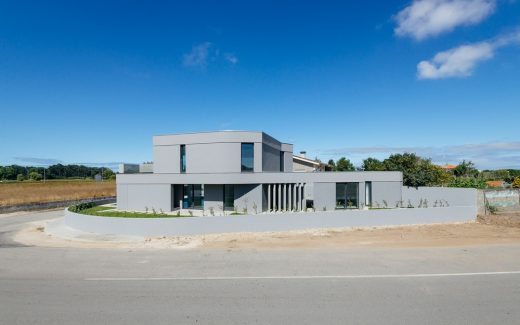
photo © do mal o menos – Eduardo Nascimento
House in Ílhavo
Houses in Calçada dos Mestres neighborhood, Rua Um, Campolide hill, Lisboa
Design: Orgânica architecture office
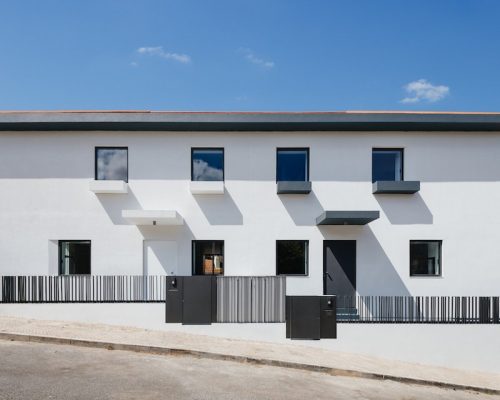
photograph : Do Mal o Menos
Houses in Calçada dos Mestres
Tea House Buildings
Riverside TeahouseMin River, Sichuan, southern China
Architects: Lin Kaixin Design
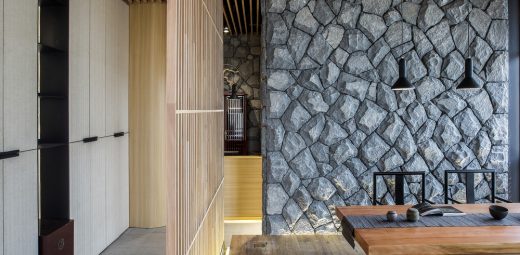
photo : Wu Yongchang
Chinese Riverside Teahouse
Tea House in Hutong, East District, Beijing, northern China
Design: ARCHSTUDIO
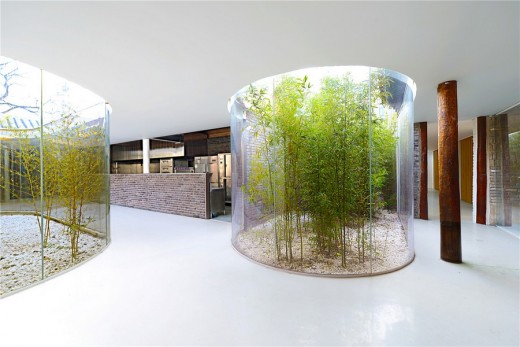
photo from architects
Chinese Tea House in Hutong
Tea House, Shanghai, Jungong Road, Yangpu District, Shanghai, eastern China
Design: Archi-Union Architects
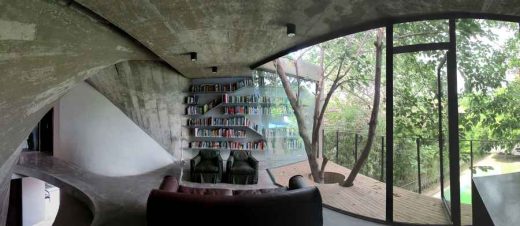
photograph : Zhonghai Shen
Tea House Shanghai
Tea Houses California, Silicon Valley, California, USA
Design: Swatt | Miers Architects
![]()
photograph : Tim Griffith
Tea Houses California
El té – Brazilian Tea House, Porto Alegre, Brazil
Design: Gustavo Sbardelotto & Mariana Bogarin
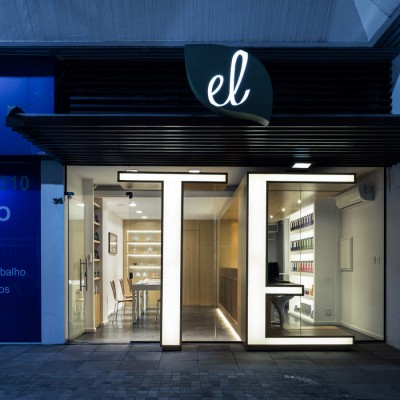
photo : Marcelo Donadussi
El té Tea House
Bamboo Courtyard Teahouse, Yangzhou, eastern China
Design: Harmony World Consulting & Design (HWCD)
Bamboo Courtyard Teahouse
Tea House, Vreeland, Holland
Design: UNStudio
Dutch Tea House Building
Comments / photos for the Boa Nova Tea House – Portuguese Restaurant design by Álvaro Siza Vieira architect page welcome

